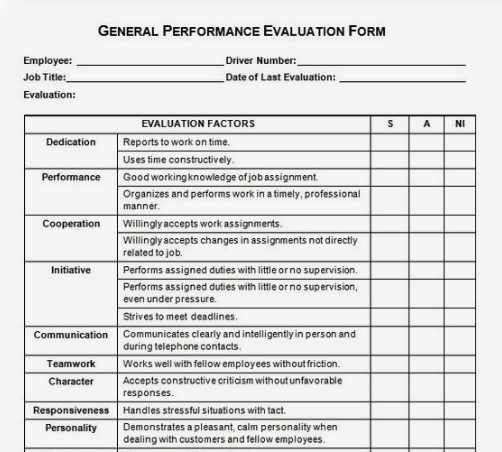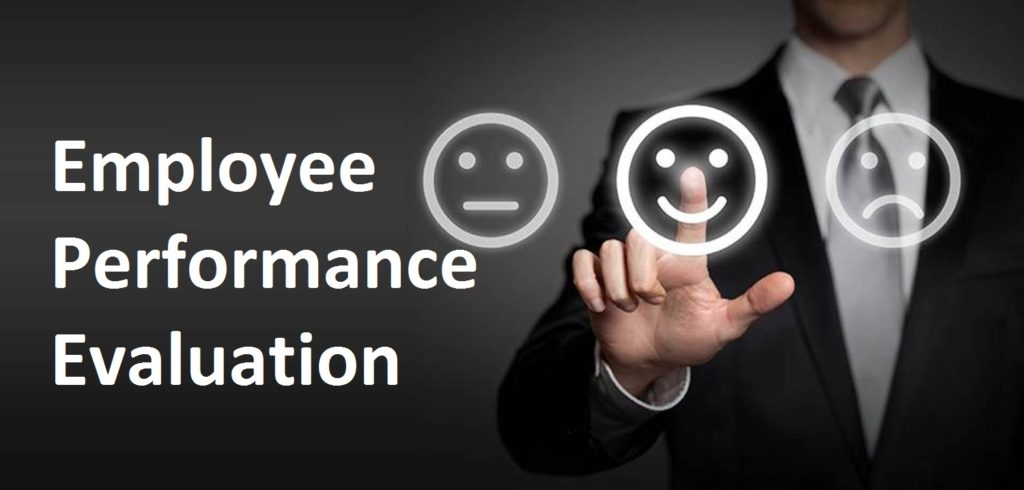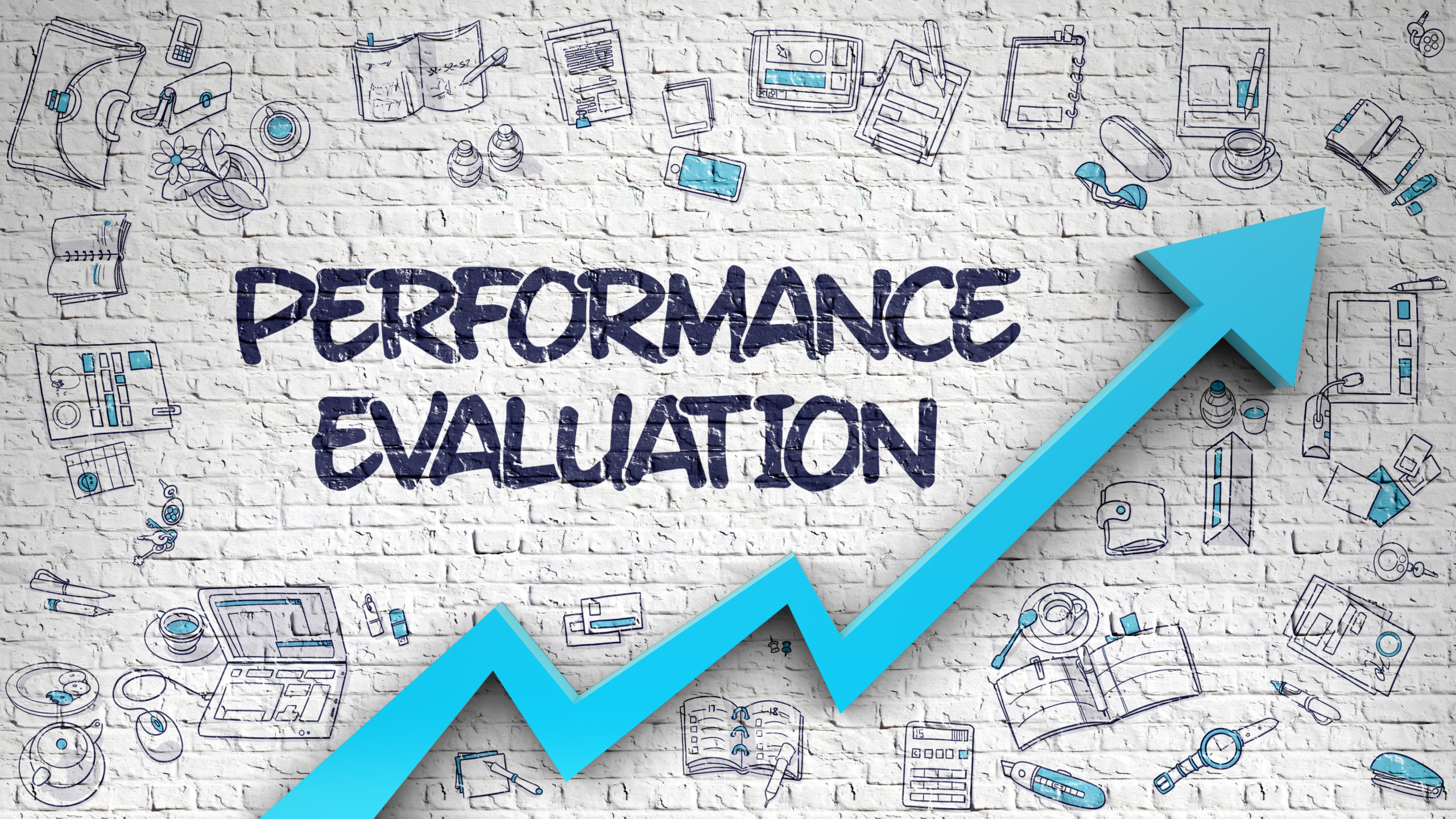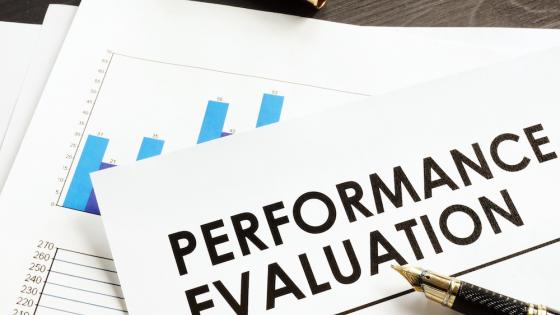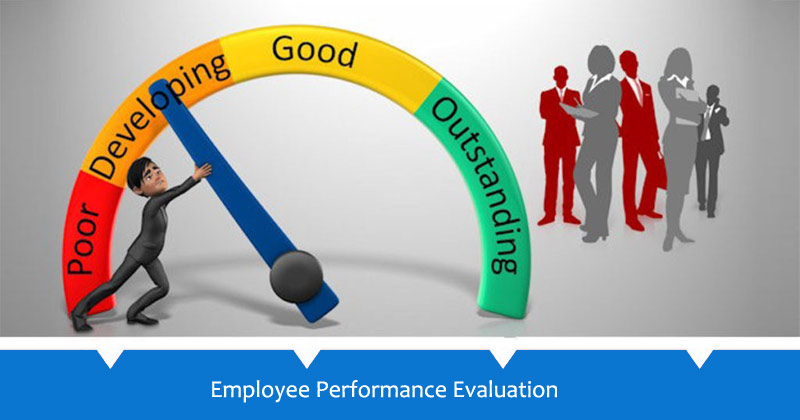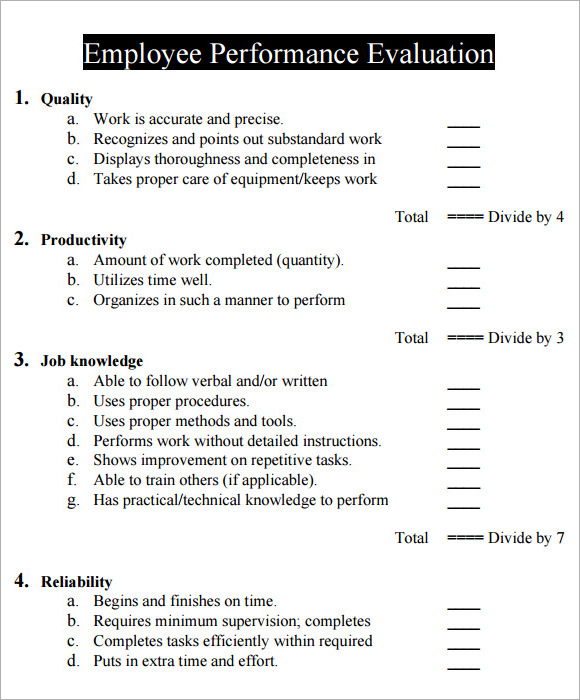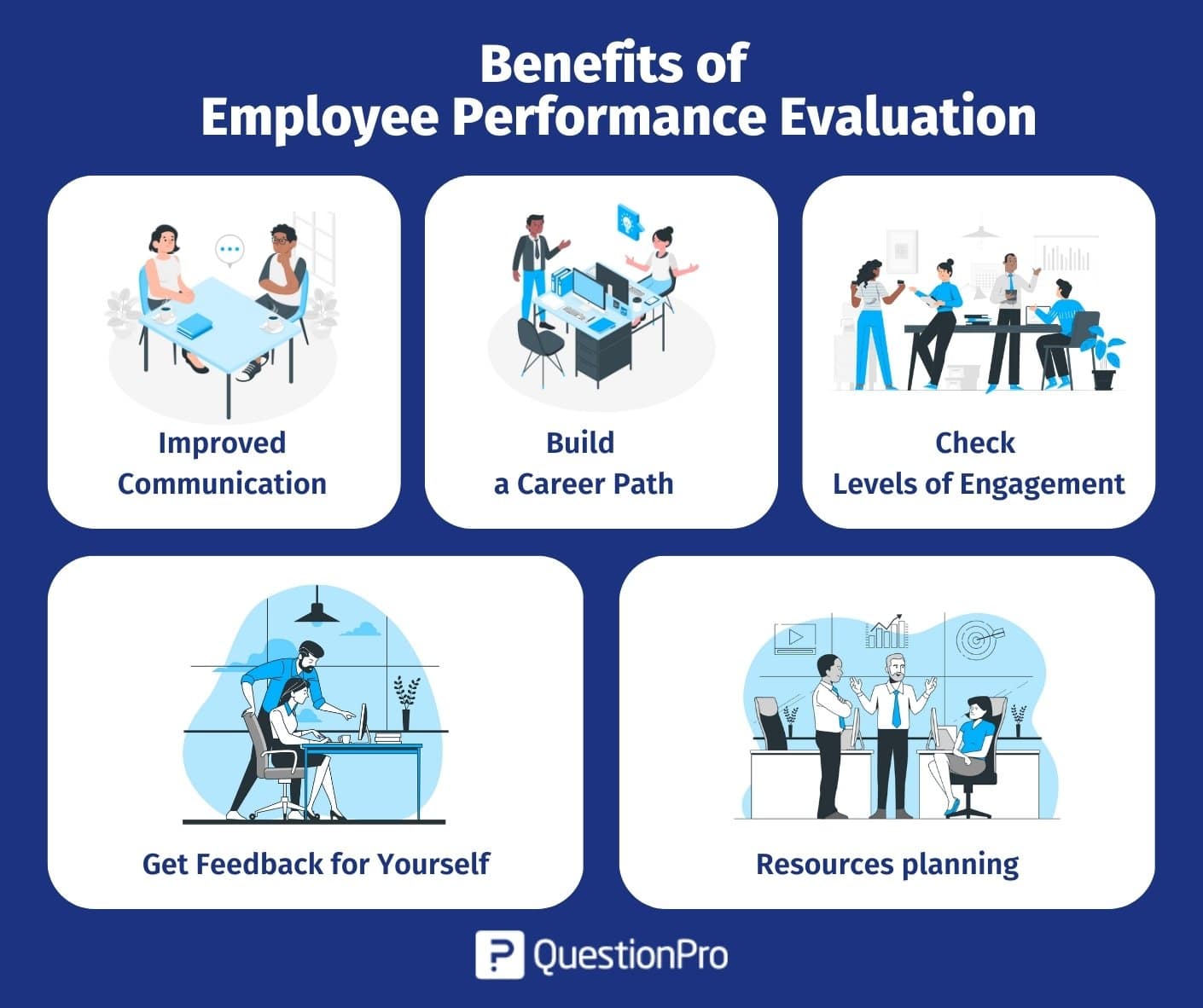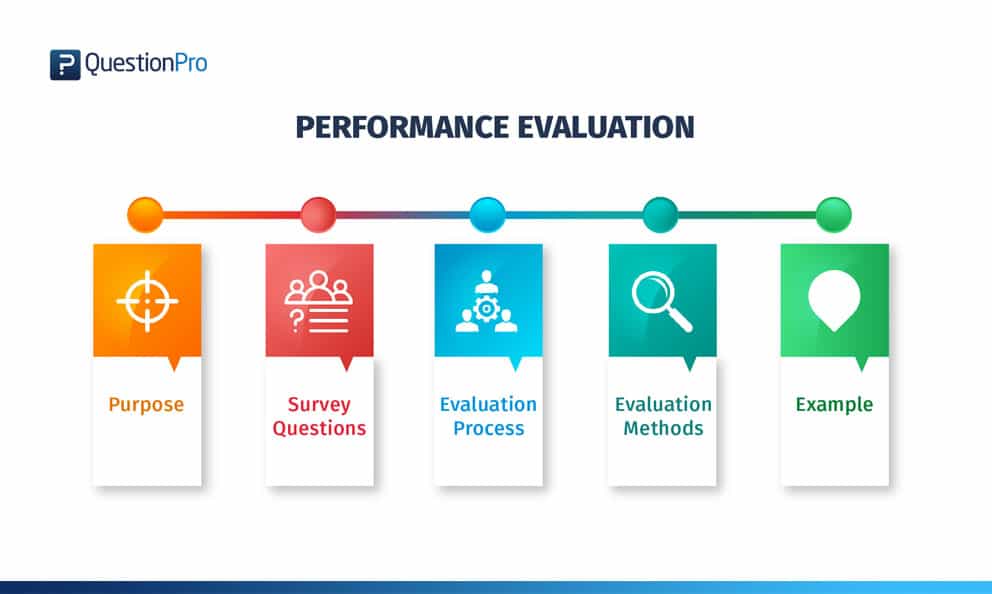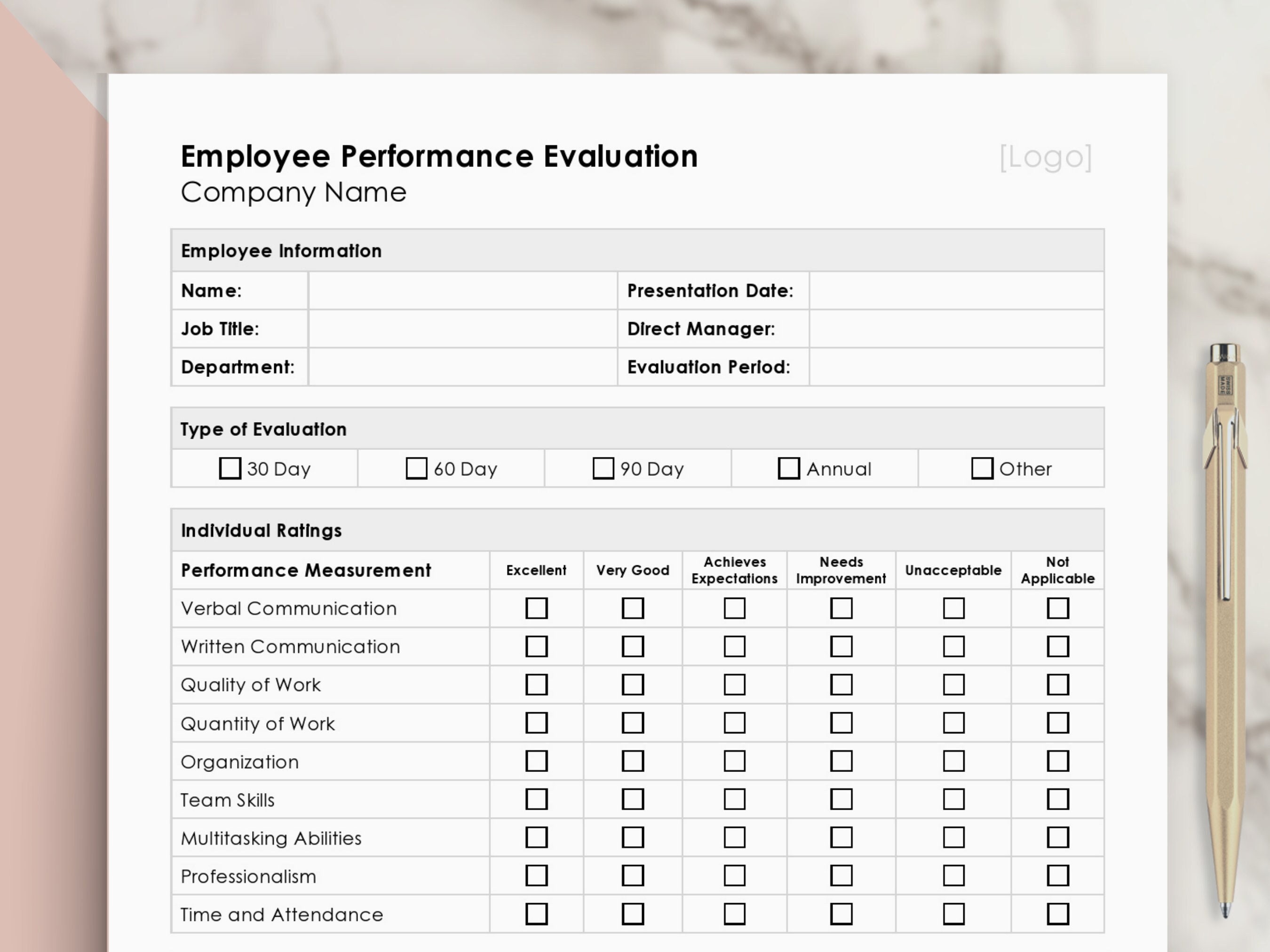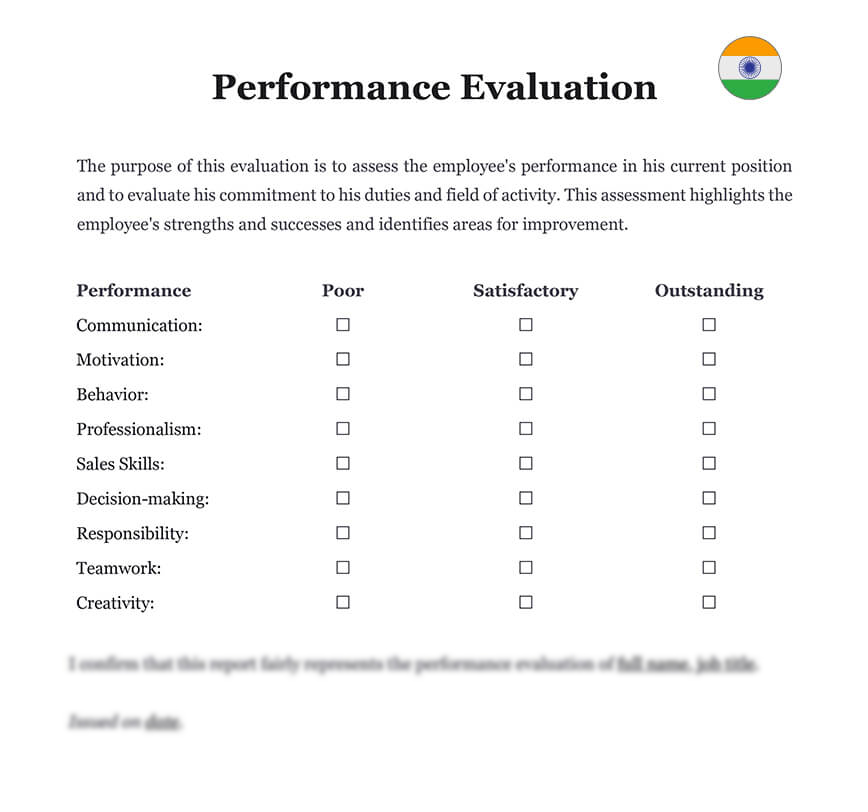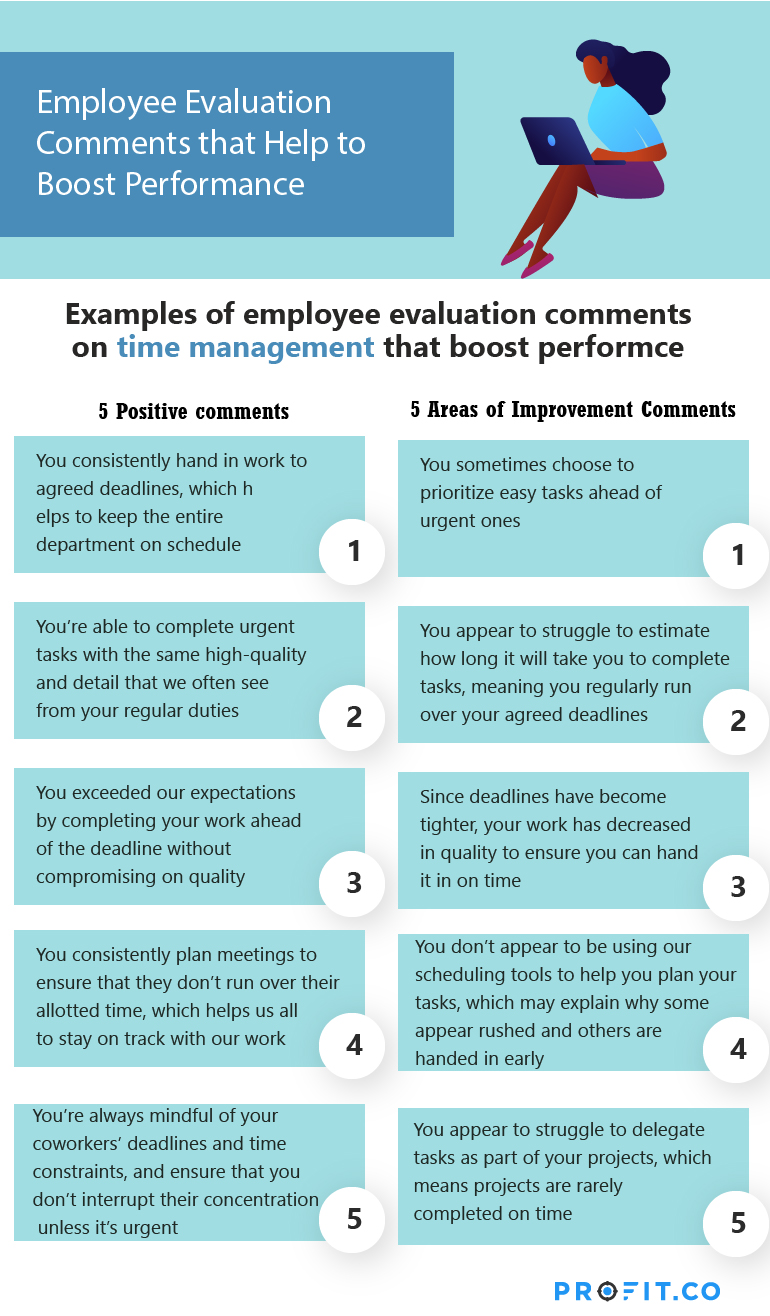Evaluating An Employee's Performance
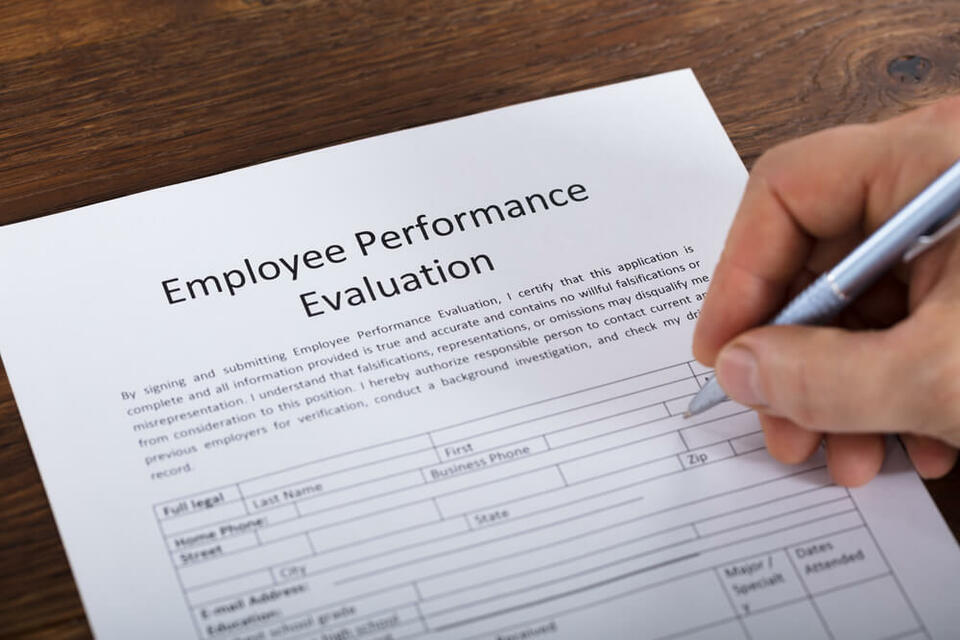
Performance evaluations are a cornerstone of modern business, yet many companies struggle to implement them effectively. The process, designed to provide constructive feedback and drive employee growth, often becomes a source of anxiety and frustration for both managers and employees.
A recent study by the Society for Human Resource Management (SHRM) reveals that nearly 70% of employees feel that performance reviews are not an accurate reflection of their work. This highlights the crucial need for organizations to re-evaluate and refine their performance management systems to ensure they are fair, objective, and truly beneficial.
The Why and How of Performance Evaluations
At its core, a performance evaluation aims to assess an employee's contributions against pre-defined goals and expectations. It's a formal process where managers provide feedback on an employee's strengths, weaknesses, and areas for improvement.
The ultimate goal is to enhance individual and organizational performance, aligning employee efforts with business objectives. A well-structured evaluation should identify development opportunities, recognize achievements, and foster a culture of continuous improvement.
Key Elements of an Effective Evaluation
Several factors contribute to a successful performance evaluation. Firstly, clear and measurable Key Performance Indicators (KPIs) are essential.
Employees need to understand what is expected of them and how their performance will be measured. Vague or subjective criteria can lead to misunderstandings and perceived unfairness.
Secondly, regular feedback is crucial. Waiting for an annual review to provide feedback is often too late. Ongoing conversations, coaching, and mentoring can help employees stay on track and address challenges in real-time.
Thirdly, the evaluation process should be objective and based on documented evidence. Managers should avoid personal biases and focus on factual observations.
This can be achieved through collecting data, tracking progress against goals, and seeking input from multiple sources, such as peers, clients, and subordinates – a 360-degree feedback approach.
Common Pitfalls to Avoid
Despite the best intentions, performance evaluations can sometimes fall short. One common pitfall is leniency bias, where managers tend to give higher ratings than deserved to avoid conflict or maintain harmony.
Conversely, the strictness bias can lead to overly harsh evaluations that demotivate employees. The central tendency bias results in consistently average ratings, failing to differentiate between high and low performers.
Another common mistake is focusing solely on recent performance, neglecting the entire evaluation period. This recency bias can distort the true picture of an employee's contributions.
The Impact on Employees and Organizations
Effective performance evaluations can have a significant positive impact. They can boost employee morale, engagement, and productivity.
When employees feel valued and recognized for their contributions, they are more likely to be motivated and committed to their work. Evaluations also provide a platform for career development and growth.
From an organizational perspective, robust performance management systems can improve overall performance, reduce employee turnover, and enhance the bottom line. By identifying and addressing performance gaps, companies can optimize their workforce and achieve strategic goals.
"Performance evaluations are not just about assigning ratings; they're about fostering a culture of growth and continuous improvement," says Dr. Anna Ramirez, a leading HR consultant.
However, poorly implemented evaluations can have the opposite effect. They can damage employee morale, create resentment, and lead to decreased productivity. The fear of negative feedback can stifle innovation and creativity.
Looking Ahead: The Future of Performance Management
The traditional annual performance review is gradually giving way to more frequent and informal feedback mechanisms. Many companies are adopting a continuous performance management approach.
This involves ongoing conversations, coaching, and real-time feedback throughout the year. The focus shifts from backward-looking assessments to forward-looking development.
Technology is also playing a key role in transforming performance management. Digital platforms provide tools for tracking progress, giving feedback, and facilitating communication.
AI-powered analytics can help identify performance patterns and predict future outcomes, enabling managers to make more informed decisions.
Ultimately, the success of any performance evaluation system depends on its implementation. A fair, objective, and constructive process can be a powerful tool for driving individual and organizational growth. However, a poorly designed or executed system can be detrimental to both employees and the company as a whole.
By focusing on clear goals, regular feedback, and objective assessment, organizations can transform performance evaluations from a dreaded chore into a valuable opportunity for development and improvement. The shift requires a commitment to creating a culture of open communication, trust, and continuous learning.
